Preparing for Baby’s First Cold and Flu Season
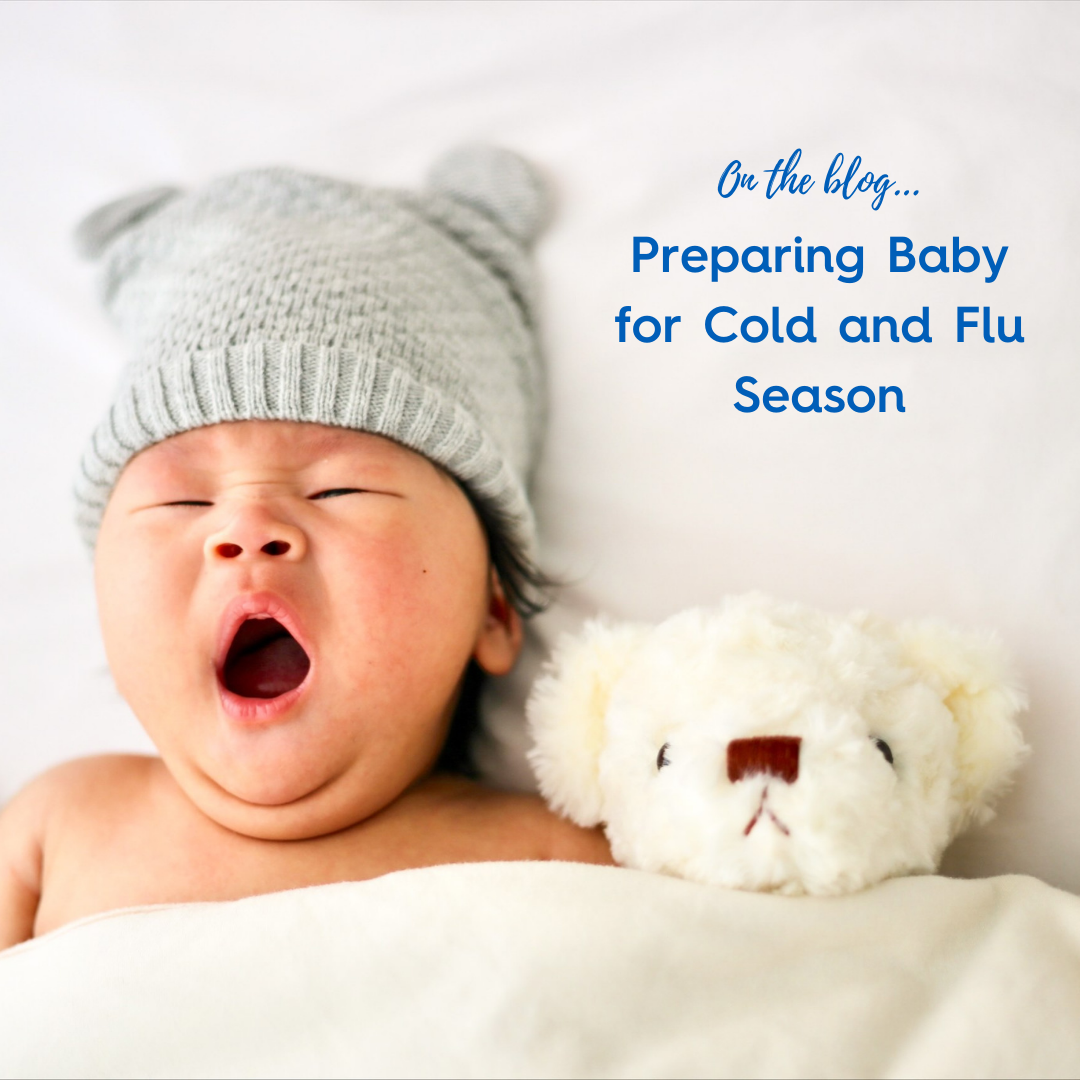
It’s October, which means cold and flu season is just around the corner. As your little one explores the world, he or she is exposed to many germs. Plus, a baby’s underdeveloped immune system is more susceptible than adults to viruses that cause the common cold.
How can you be prepared to tackle these viruses? In this article, we’ll walk you through ways to be prepared with prevention tips, knowledge of signs and symptoms, and when to call your pediatrician if your little one does get sick.
Prevention Tips
Of course, it is best if your baby avoids getting sick altogether. Though you cannot completely avoid the cold and flu, following preventative measures can help.
◦Supplementing your little one’s diet with a probiotic can help to train the immune system to fight off viruses. In order to develop a healthy digestive system, we need to have a balanced mix of bacteria. Having a healthy gut microbiota can help strengthen the immune system. Try CalmCo Probiotic Drops, a daily supplement to support infant and child gut and digestive health.
◦If you have a friend or family member who is sick, try to keep a distance until they are well again. The common cold is a viral infection of the nose and throat that spreads through the mouth, eyes or nose. Your baby can be infected through the air, direct contact (touching), or contaminated surfaces.
◦Since the common cold and flu viruses can be spread through contaminated surfaces, it’s important to keep your hands clean. You're touching your baby with your hands frequently, so try to keep your hands and objects your hand touches clean.
◦Credit cards, phones, doorknobs are a few common places where germs may be lurking. Be sure to wipe these items down as often as possible to prevent the spread of germs.
◦When someone near your baby sneezes, your baby may encounter another person’s germs. Kindly remind your children, significant other, and those who spend time with your baby to cough and sneeze into a tissue so that their germs are contained.
Signs and Symptoms
There are several signs and symptoms that your baby is coming down with the common cold or the flu. Your baby may be sick with the common cold if he or she is experiencing the following:
•Sneezing
•Sore throat
•Stuffy or runny nose
•Watery eyes
•Low fever
•Mucus drainage
Though the cold and flu can be closely related, there are a few differences in symptoms. Your baby may be sick with the flu if he or she is experiencing the following:
•Fever and chills
•Cough
•Sore throat
•Body aches
•Headache
•Weakness/fatigue
When to Contact Your Pediatrician
If your child does have symptoms of the cold or flu, you may wonder when they are severe enough to call a doctor. Contact your pediatrician if your child is experiencing any of the following symptoms:
•Irregular breathing
•Temperature over 102 F
•Blue lips or nails
•Cough that lasts more than a week
•Runny nose and nasal mucus that last longer than 10 days
How to Treat a Cold at Home
If your child’s cold is mild to moderate, you may be able to treat it at home. Here is a list of at-home treatments to try:
◦Utilize a snot sucker to clear your baby’s airway and nasal passages of mucus and congestion. We love this electric nasal aspirator that is lightweight and easy to carry.
◦Take your baby’s temperature regularly to see when his or her fever breaks. Try this no-touch forehead thermometer with a large LED display.
◦Dry air can irritate your baby’s nose and throat. Combat dry air with a humidifier. We love this mist humidifier that operates silently and has multiple mist settings.
◦Be sure that your baby is staying hydrated. If he or she is not yet eating solid foods, offer breastmilk or formula frequently. If he or she is eating solid foods, offer water in between feedings.
 Canada
Canada South Africa
South Africa UK
UK EU & Int
EU & Int Ireland
Ireland Australia
Australia Brazil
Brazil New Zealand
New Zealand



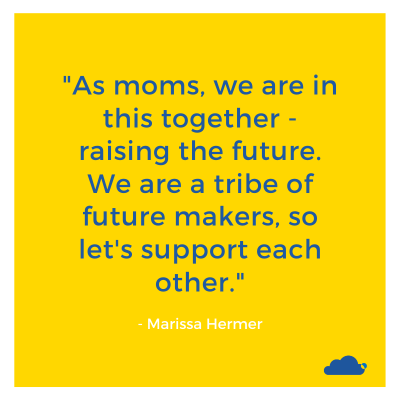
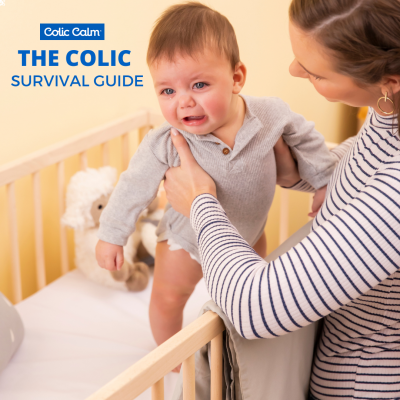

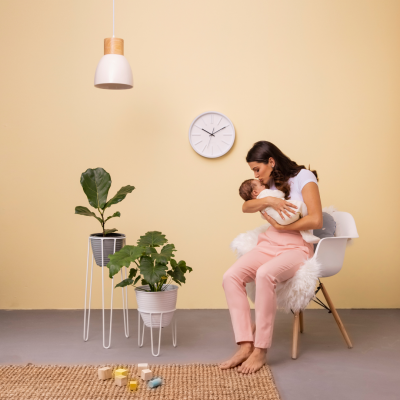
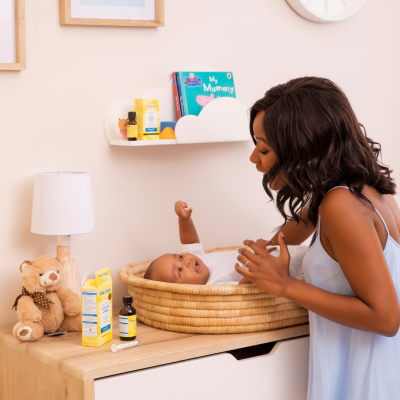


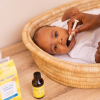
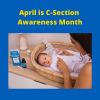
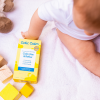



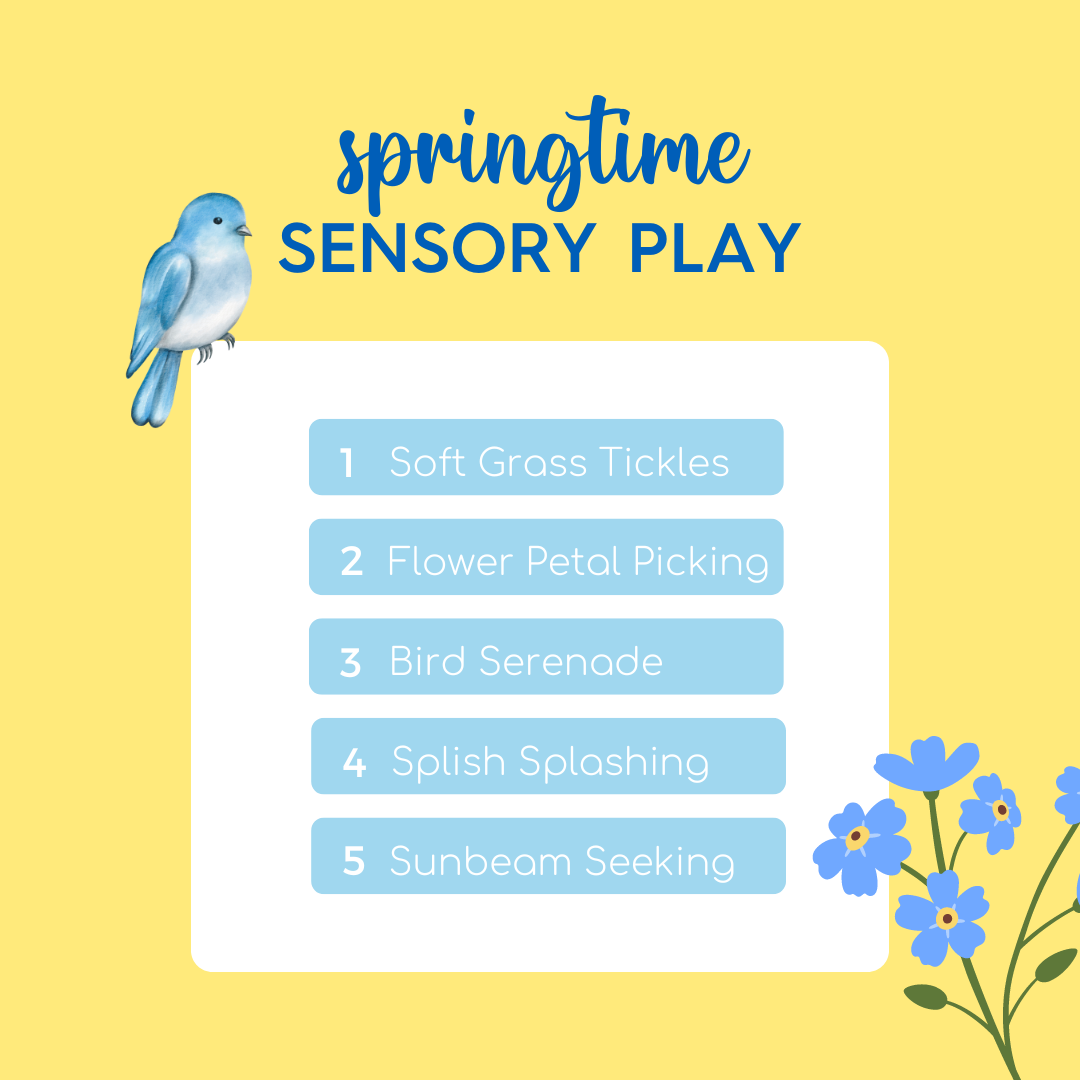
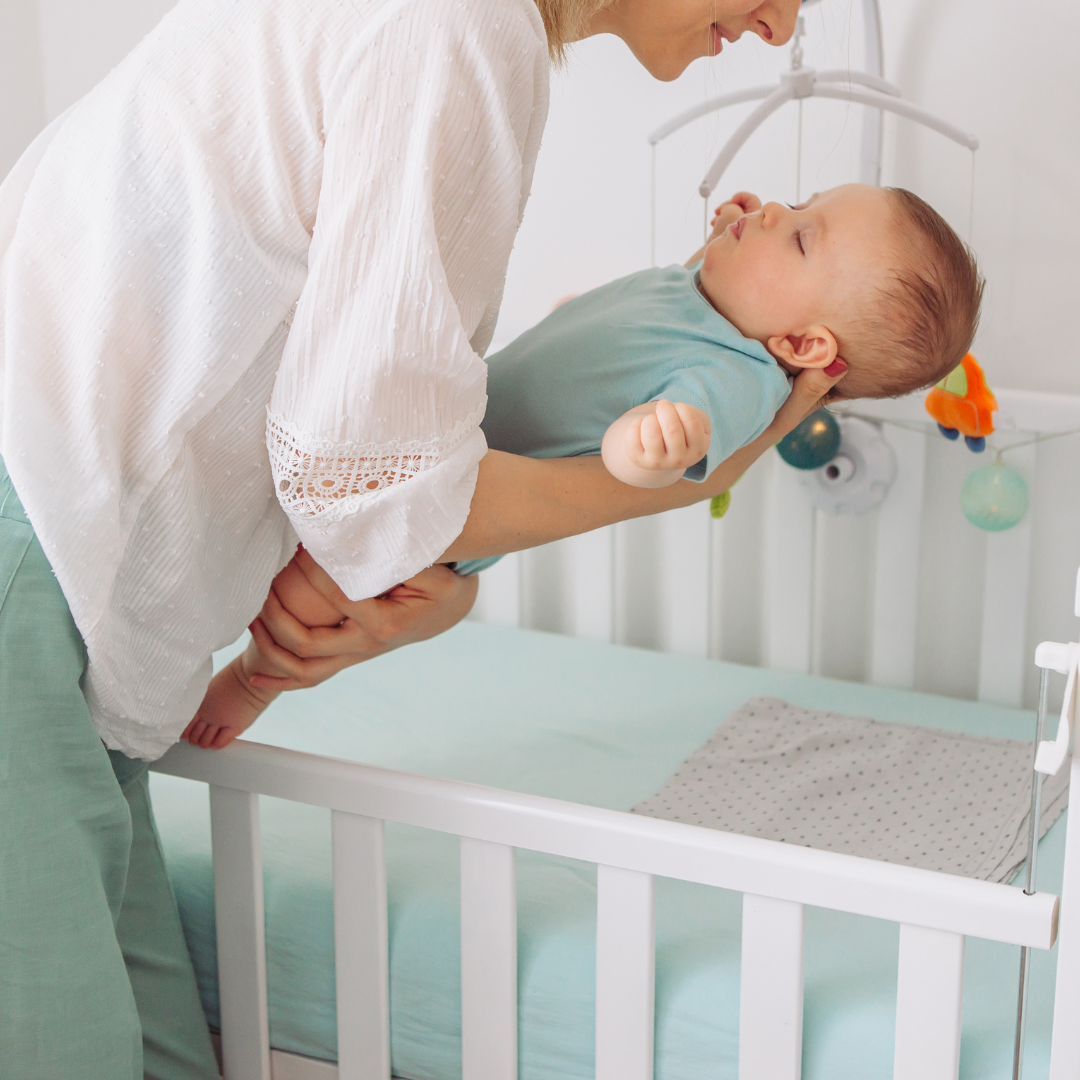
Comments